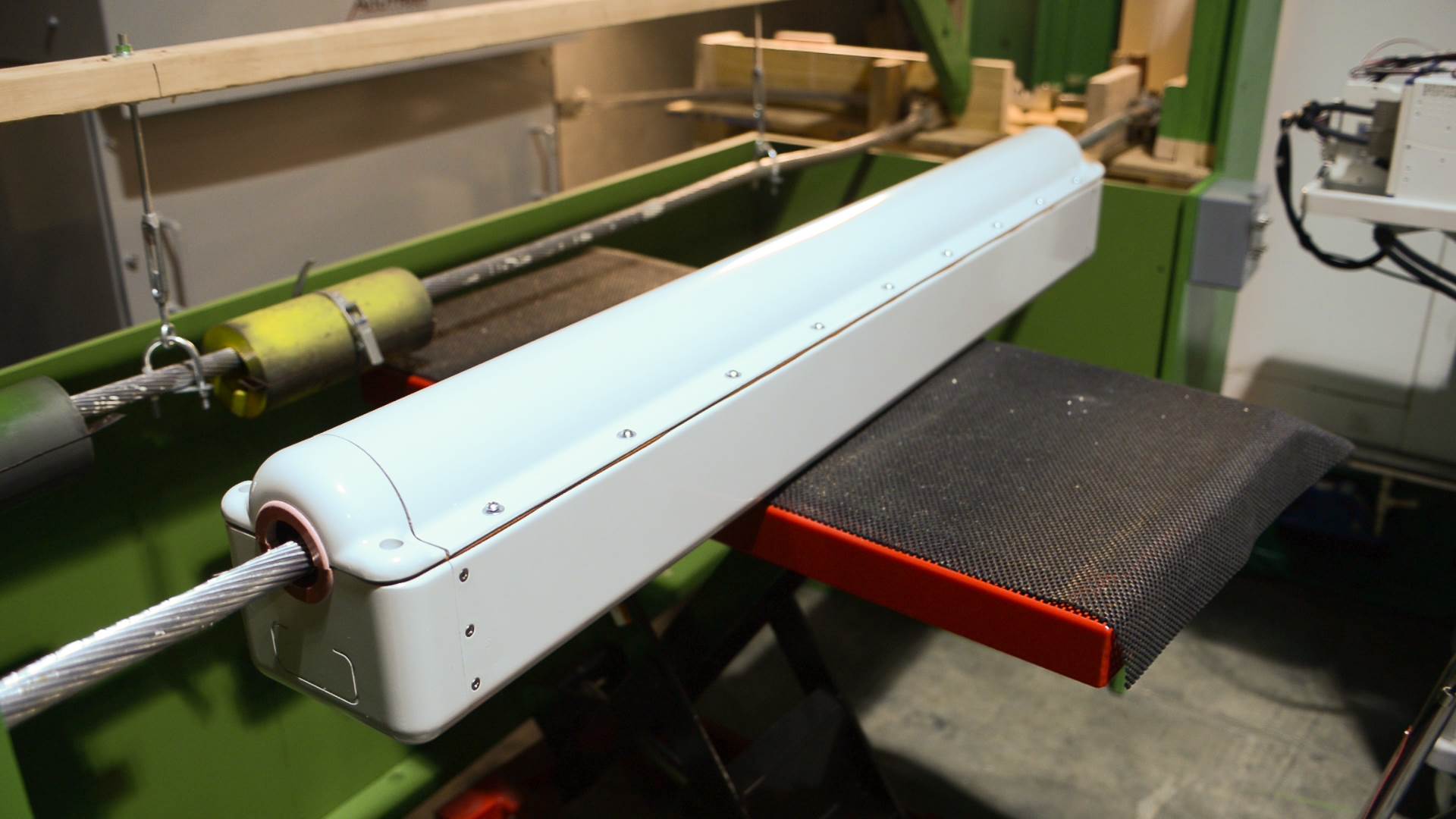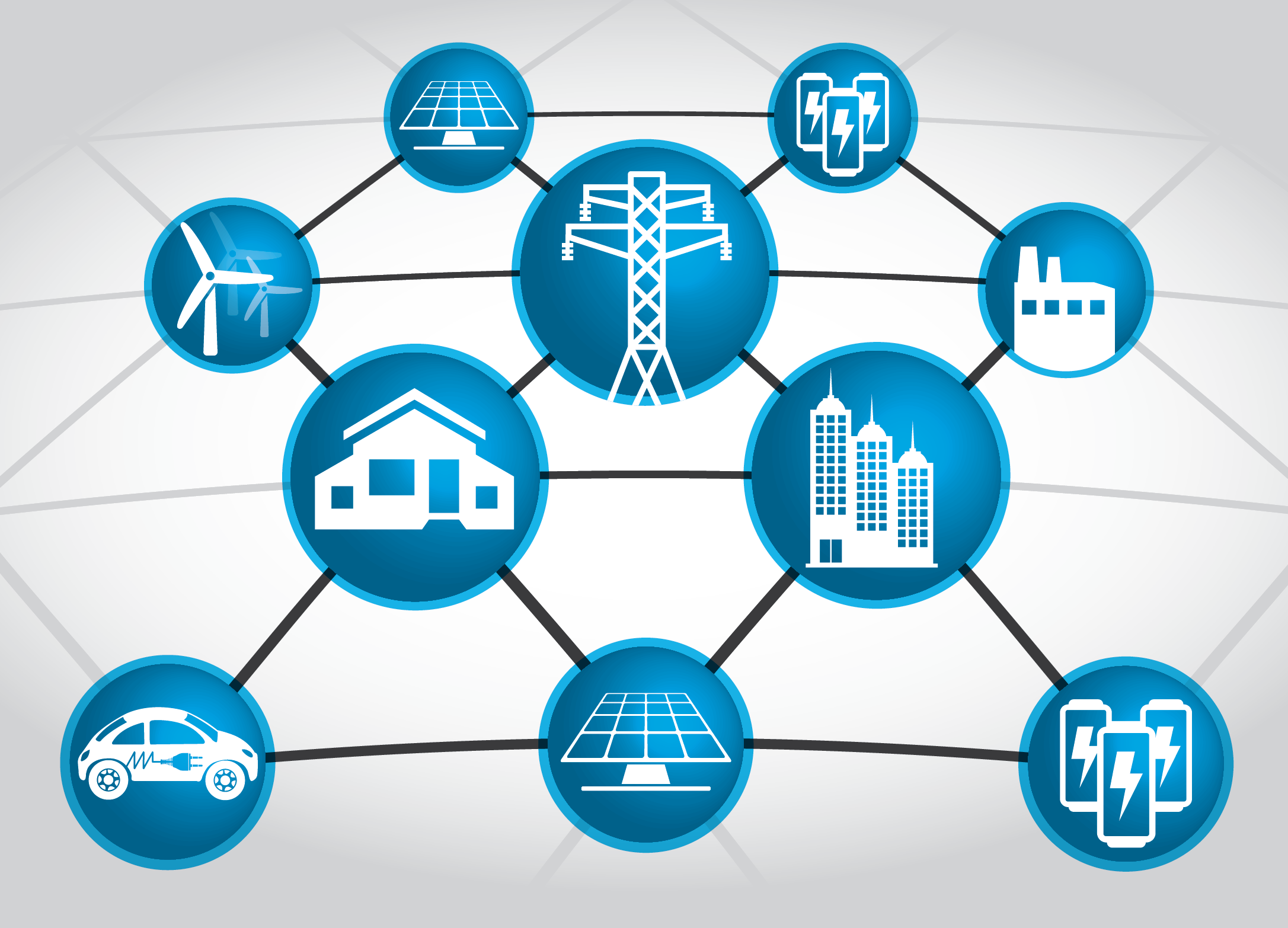ARPA-E Technologies Strengthening the Grid
Severe weather, cyber intrusions, and physical attacks can damage America’s critical energy infrastructure and cause power outages that affect families and businesses alike. As Secretary Perry observes, “A reliable and resilient electric grid is critical not only to our national and economic security, but also to the everyday lives of American families.” Increasing use of distributed generation and battery storage technologies creates new operating requirements for the grid. This transformation is driving ARPA‑E to support promising early-stage energy technologies that could make the U.S. electric grid more reliable, flexible, and resilient. To reinforce that effort, ARPA-E created the Grid Optimization (GO) Competition. This multi-round series of prize challenges seeks to accelerate the development and evaluation of grid software solutions. In anticipation of GO Challenge #1’s launch this fall, we’ve taken a look at several ARPA-E programs already working to transform the American electric grid for the 21st century.
Changing Power Sources
Building the power grid to electrify America is one of the 20th century’s greatest technical achievements. In the new millennium, though, the grid is still configured to rely on antiquated technology and centralized generation. Distributed energy resources (DER) and intermittent energy technologies provide a greater share of electricity to U.S. consumers every day. These technologies require advanced management and control methods that can adapt to power system changes in real time. ARPA-E projects are rethinking the grid’s design, to account for these variable energy sources.
GENI
Green Electricity Network Integration (GENI) project teams are engineering hardware and software solutions to make the grid smarter, more secure, and more reliable. The program’s hardware projects focus on using advanced materials to more efficiently direct the flow of power, which makes the grid more responsive and resilient. Software teams are developing innovative programs to optimize grid operations, align power delivery to real-time demand, and find effective ways to manage renewable power sources and grid-level power storage.
Project Spotlight: Smart Wires
One successful project, Smart Wires, developed a novel device called the PowerLine GuardianTM to control the flow of power on the electric grid. The device clamps onto existing transmission lines and enables operators to redirect power to underutilized power lines in real time, boosting efficiency and protecting against overloads.

NODES
The Network Optimized Distributed Energy Systems (NODES) program seeks to boost the grid’s ability to handle at least 50% renewables penetration, including DERs. NODES projects are developing transformational grid management and control methods to create a virtual energy storage system based on the use of flexible load and DERs. Such advancements could reduce expensive periods of peak demand, reduce energy waste, and increase penetration of renewable energy sources.

Project Spotlight: National Renewable Energy Laboratory (NREL)
The NREL team developed a novel, real-time control architecture to optimize the operation of DERs at residential, commercial, and industrial levels. The architecture enables segments of the “feeder” lines that deliver power to customers to act as virtual power plants (VPPs), providing electricity from diverse energy sources like rooftop solar or battery storage while keeping supply within electrical limits and maximizing customer benefit. This architecture enables electric utilities and aggregators like VPPs to help balance the grid and guarantee power quality in the distribution network.
A New Testing Ground
GRID DATA
New optimization and control strategies are critical to the grid of the future, but they can only be tested and validated using accurate and large scale power system models that realistically represent current and evolving grid characteristics. The Generating Realistic Information for the Development of Distribution and Transmission Algorithms (GRID DATA) program is developing sophisticated power system models for use in the development and testing of optimization and control algorithms that can enhance grid resiliency and flexibility.
Project Spotlight: University of Illinois, Urbana Champaign (UIUC)
The UIUC team is working to develop synthetic electric transmission system models. The team’s open-source models and associated scenarios have assigned North American geographic coordinates with network structure and consumer demand that mimic realistic grid profiles. The team has already made several transmission data sets available to the public, which have been downloaded more than 1,000 times.
Varied Approaches
OPEN
In addition to its focused programs, ARPA-E also issues periodic OPEN FOAs, approximately every three years. ARPA-E uses OPEN to identify and fund high-potential projects that address the full range of energy-related technologies, including areas that are outside of its current portfolio. Advanced grid technology projects have been included in OPEN awards.
Project Spotlight: ProsumerGrid
ProsumerGrid, an OPEN 2015 project, developed a suite of innovative software tools to perform complex simulations of transmission and distribution electric systems with thousands of DERs. The solution represents a quantum leap in the ability to analyze, design, or re-design complex emerging electricity grids. ProsumerGrid has partnered with more than 15 electric utilities and co-ops and is now simulating advanced use cases such as distribution market design and simulation. The team recently joined the New York State Smart Grid Consortium NYSSGC to help Puerto Rico strengthen its grid in the wake of Hurricane Maria.
ARPA-E is building new communities of energy innovators to help build the grid of the future. The GENI, NODES, and GRID DATA programs are funding breakthrough energy technologies to strengthen the grid for the 21st century. These programs, combined with the upcoming GO Competition and OPEN 2018, have the potential to make the grid more reliable, flexible, and resilient.
Stay in touch with ARPA-E by subscribing to our newsletter.
